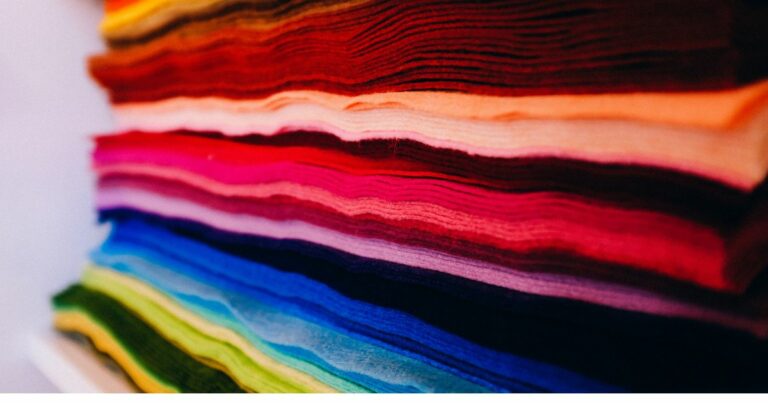Fashion and Diversity: Embracing Inclusivity
Diversity in the fashion industry is not merely a trend or a checkbox to tick off for companies. It is a fundamental necessity that reflects the reality of our society. By embracing diversity, fashion brands can truly represent the varied identities and cultures of their customer base. This inclusivity not only fosters a sense of belonging for consumers but also opens the doors to innovative ideas and creative collaborations within the industry.
Moreover, when fashion brands prioritize diversity, they send a powerful message that everyone is welcome and valued. This inclusive approach can lead to greater customer loyalty and trust, as individuals see themselves authentically represented in advertising campaigns, runway shows, and product offerings. By championing diversity, the fashion industry can become a more vibrant and culturally rich landscape that celebrates the uniqueness of each individual.
Challenges Faced by Minorities in the Fashion World
Minorities in the fashion industry often experience limited opportunities for growth and advancement. Despite their talents and skills, they may face barriers such as prejudice, discrimination, and unequal treatment. This can manifest in various forms, including being overlooked for promotions, receiving lower pay compared to their counterparts, or having their perspectives undervalued in decision-making processes.
Moreover, minority designers and models frequently encounter challenges in gaining visibility and recognition within the fashion world. Their work may not be given the same level of exposure or support as that of their non-minority counterparts, leading to a lack of representation and diversity in the industry. As a result, many talented individuals from marginalized communities struggle to break into the mainstream fashion scene and are often sidelined or marginalized in favor of more privileged individuals.
Why is diversity important in the fashion industry?
Diversity is important in the fashion industry because it reflects the diverse society we live in. By including a variety of perspectives, backgrounds, and cultures, the industry can better represent and cater to all types of consumers.
What are some of the challenges faced by minorities in the fashion world?
Some challenges faced by minorities in the fashion world include lack of representation, stereotyping, unequal opportunities for advancement, and limited access to resources and networks.
How can the fashion industry address these challenges?
The fashion industry can address these challenges by actively promoting diversity and inclusion, providing equal opportunities for all individuals, creating more diverse and inclusive work environments, and supporting minority-owned businesses and designers.
What can consumers do to support minority representation in the fashion industry?
Consumers can support minority representation in the fashion industry by shopping from minority-owned brands, advocating for diversity and inclusion in the industry, and holding fashion companies accountable for their actions and practices.






